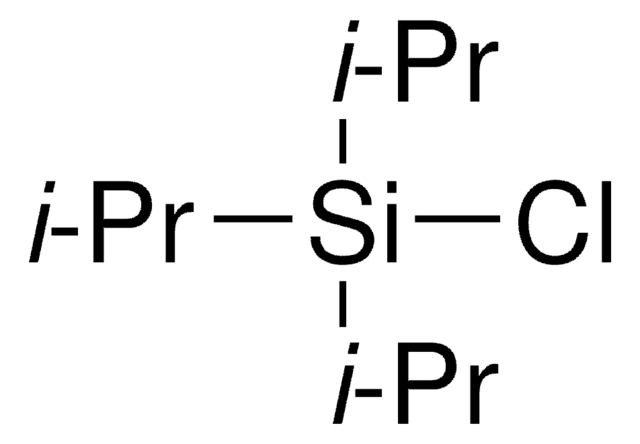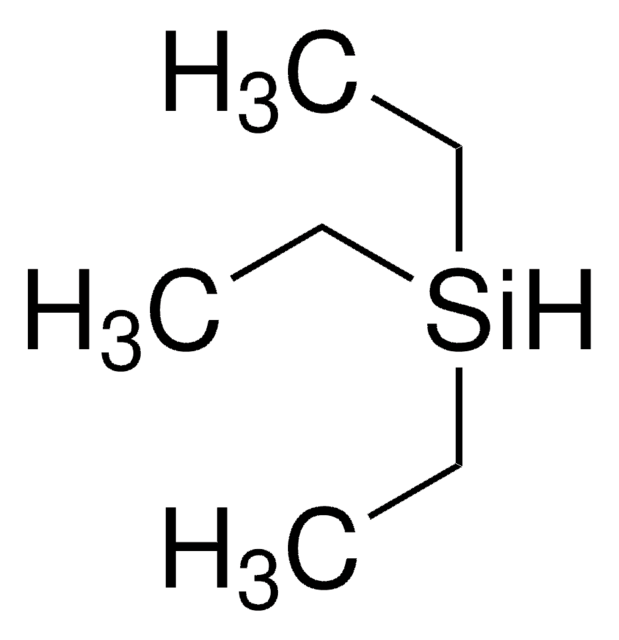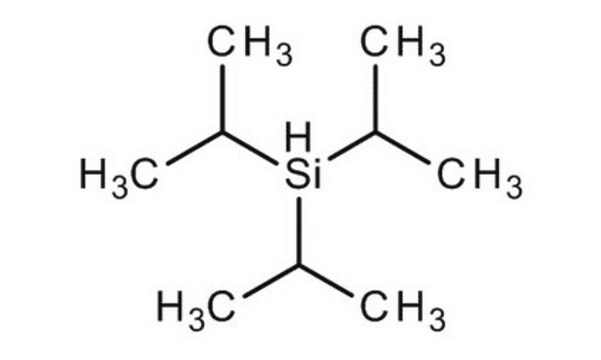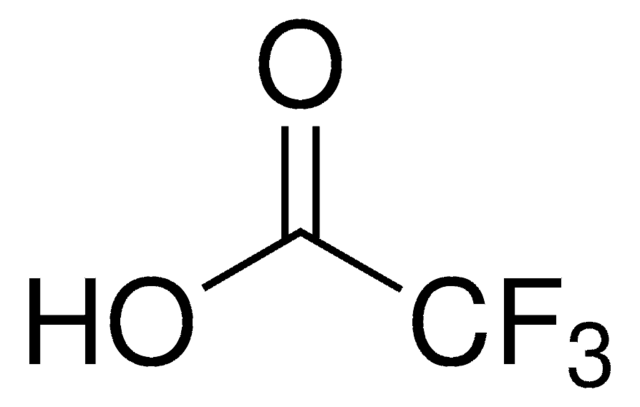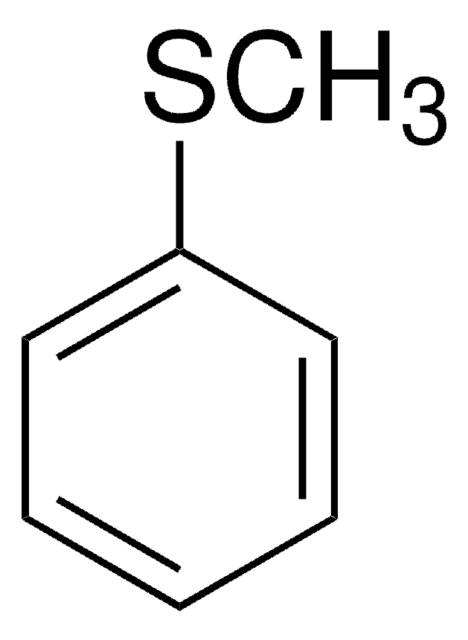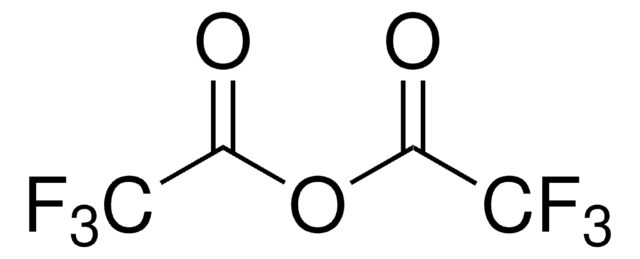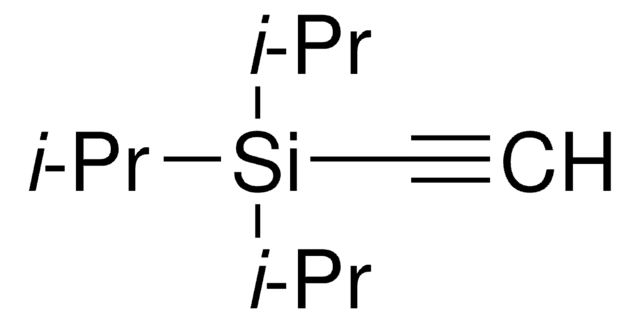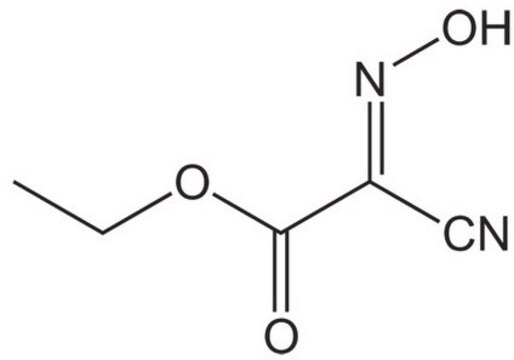233781
Triisopropylsilane
98%
Synonyme(s) :
TIS, Triisopropylhydrosilane, Tris(1-methylethyl)silane
About This Item
Produits recommandés
Niveau de qualité
Pureté
98%
Forme
liquid
Pertinence de la réaction
reagent type: reductant
Indice de réfraction
n20/D 1.434 (lit.)
Point d'ébullition
84-86 °C/35 mmHg (lit.)
Densité
0.773 g/mL at 25 °C (lit.)
Chaîne SMILES
CC(C)[SiH](C(C)C)C(C)C
InChI
1S/C9H22Si/c1-7(2)10(8(3)4)9(5)6/h7-10H,1-6H3
Clé InChI
YDJXDYKQMRNUSA-UHFFFAOYSA-N
Vous recherchez des produits similaires ? Visite Guide de comparaison des produits
Catégories apparentées
Description générale
Application
- To synthesize 4-pyrrole phenylacyl peptide during solid-phase peptide synthesis.
- In transition metal complex-catalyzed reaction of amides with hydrosilanes.
- For the selective reduction of C-arylglucosides into β-C-aryl glucosides.
- To facilitate the cleavage of acetamidomethyl (Acm), 4-methoxybenzyl (Mob), and tert-butyl (But) protecting groups from cysteine (Cys) residues in the presence of trifluoroacetic acid.
- For the reduction of amides to corresponding amines in the presence of transition-metal catalysts.
Produit(s) apparenté(s)
Mention d'avertissement
Warning
Mentions de danger
Conseils de prudence
Classification des risques
Flam. Liq. 3
Code de la classe de stockage
3 - Flammable liquids
Classe de danger pour l'eau (WGK)
WGK 3
Point d'éclair (°F)
100.4 °F - closed cup
Point d'éclair (°C)
38 °C - closed cup
Équipement de protection individuelle
Eyeshields, Faceshields, Gloves, type ABEK (EN14387) respirator filter
Faites votre choix parmi les versions les plus récentes :
Déjà en possession de ce produit ?
Retrouvez la documentation relative aux produits que vous avez récemment achetés dans la Bibliothèque de documents.
Les clients ont également consulté
Notre équipe de scientifiques dispose d'une expérience dans tous les secteurs de la recherche, notamment en sciences de la vie, science des matériaux, synthèse chimique, chromatographie, analyse et dans de nombreux autres domaines..
Contacter notre Service technique
